Rising Prevalence of Neurological Disorders
The increasing incidence of neurological disorders such as epilepsy, Parkinson's disease, and chronic pain conditions is a primary driver of the Neurostimulation Devices Market. According to recent estimates, approximately 1 in 6 individuals worldwide will experience a neurological disorder at some point in their lives. This growing patient population necessitates innovative treatment options, leading to heightened demand for neurostimulation devices. As healthcare providers seek effective solutions to manage these conditions, the market for neurostimulation devices is projected to expand significantly. The rise in awareness regarding the benefits of neurostimulation therapies further propels market growth, as patients and healthcare professionals alike recognize the potential for improved quality of life through these advanced technologies.
Regulatory Support and Reimbursement Policies
Regulatory support and favorable reimbursement policies are pivotal drivers of the Neurostimulation Devices Market. Governments and regulatory bodies are increasingly recognizing the therapeutic potential of neurostimulation devices, leading to streamlined approval processes for new technologies. This regulatory environment fosters innovation and encourages manufacturers to invest in research and development. Furthermore, the establishment of reimbursement frameworks for neurostimulation therapies enhances their accessibility to patients. As insurance coverage for these devices expands, more individuals are likely to seek neurostimulation treatments, thereby driving market growth. The alignment of regulatory support with reimbursement policies creates a conducive environment for the proliferation of neurostimulation devices, ultimately benefiting patients and healthcare providers alike.
Technological Innovations in Neurostimulation
Technological advancements play a crucial role in shaping the Neurostimulation Devices Market. Innovations such as closed-loop systems, which provide real-time feedback and adjust stimulation based on patient needs, are gaining traction. Additionally, the development of miniaturized devices and wireless technologies enhances patient comfort and compliance. The market is witnessing a surge in research and development activities, with companies investing heavily in creating next-generation neurostimulation devices. This focus on innovation is expected to drive market growth, as more effective and user-friendly devices become available. Furthermore, the integration of artificial intelligence and machine learning into neurostimulation technologies may lead to personalized treatment options, further expanding the market's potential.
Increasing Investment in Healthcare Infrastructure
The growing investment in healthcare infrastructure is a significant driver of the Neurostimulation Devices Market. Governments and private entities are allocating substantial resources to enhance healthcare facilities and improve access to advanced medical technologies. This trend is particularly evident in emerging economies, where the demand for innovative treatment options is rising. As healthcare systems evolve, the integration of neurostimulation devices into standard treatment protocols becomes more feasible. Market data indicates that the healthcare sector is expected to witness a compound annual growth rate of over 7% in the coming years, which will likely facilitate the adoption of neurostimulation devices. Enhanced healthcare infrastructure not only supports the distribution of these devices but also fosters research and development initiatives, further propelling market growth.
Growing Awareness and Acceptance of Neurostimulation Therapies
The increasing awareness and acceptance of neurostimulation therapies among patients and healthcare providers significantly influence the Neurostimulation Devices Market. Educational initiatives and advocacy programs are helping to demystify neurostimulation technologies, leading to greater patient engagement in treatment decisions. As more individuals become informed about the benefits and efficacy of neurostimulation devices, the demand for these therapies is expected to rise. Market Research Future indicates that patient satisfaction rates with neurostimulation therapies are high, which further encourages adoption. Additionally, healthcare professionals are increasingly recognizing the value of these devices in managing chronic conditions, contributing to a more favorable perception of neurostimulation therapies within the medical community.
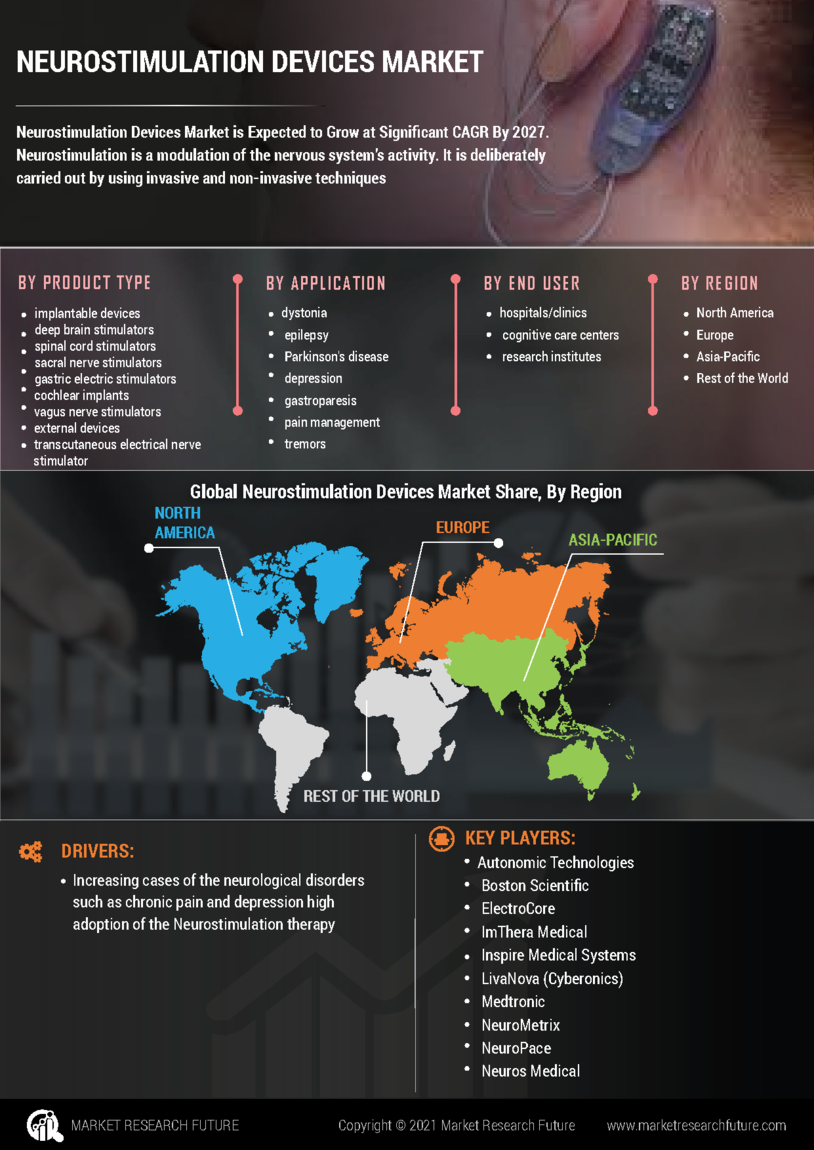

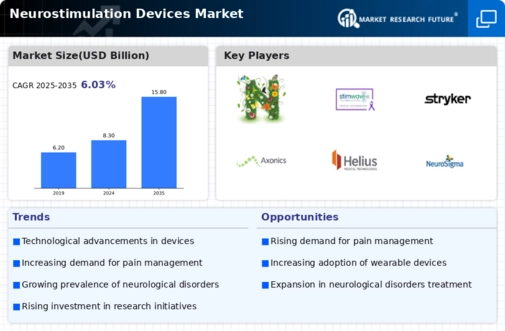
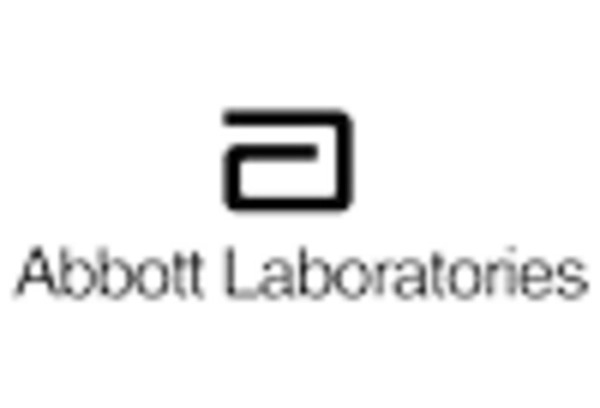
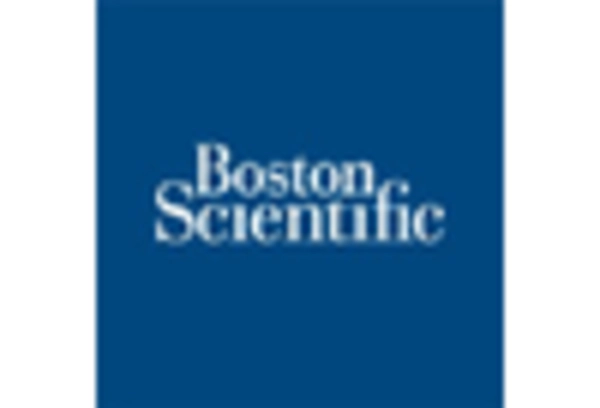

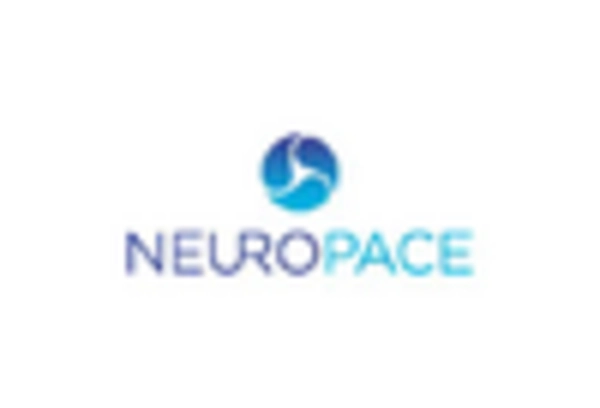
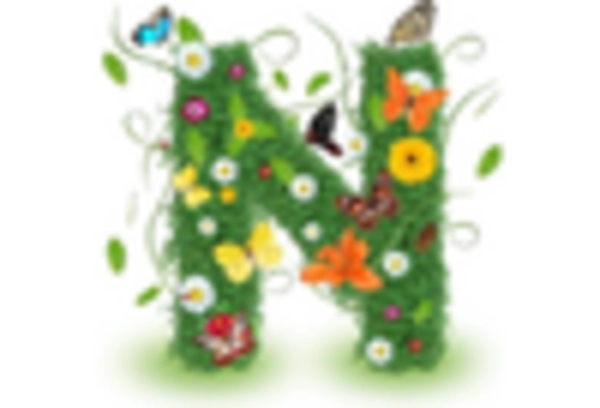
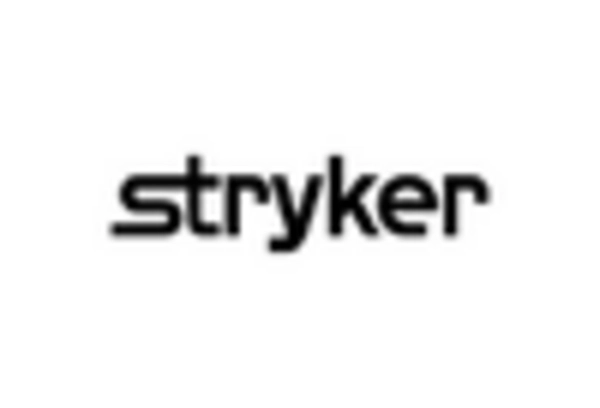








Leave a Comment